STCMS™: Earth's Dynamic Systems
Earth is a dynamic place, and changes—large and small—occur all around us. Changes like erosion occur gradually, while others, like an earthquake, may occur suddenly. Our ability to anticipate these changes and their effects is vital for maintaining our way of life. The Smithsonian Science Education Center presents Earth’s Dynamic Systems, an STCMS™ curriculum unit designed from the ground up to align to the Next Generation Science Standards. Science and engineering practices, teachable core ideas, and crosscutting concepts are integrated in every lesson. This unit explores how geologic processes affect the surface of our planet and how we can use evidence to describe its history and predict its future. Join us as we use models and construct explanations about Earth’s dynamic systems!
You can find all Blackline Masters here. For teacher Lesson Masters and unit Written Assessments, visit Carolina Science Online.
Lesson 1- Pre Assessment: Earth's Dynamic Systems
Check out this resource for common misconceptions from the American Association for the Advancement of Science.
Lesson 2- When the Earth Shakes
Ask students to do internet research on George Mercalli (1850– 1914), who developed the Modified Mercalli Intensity Scale to describe the intensity of earthquake damage to buildings and other structures. Have them write a couple of paragraphs explaining how Mercalli's scale is still used today.
Lesson 3- Analyzing Earthquake Data
Can animal's tell an Earthquake is going to happen before humans? Read the article Ask Smithsonian: Can Animal's Predict Earthquakes? then write a short essay on how animals can be potentially used when predicting earthquakes and also talk about the cons of relying on animals to tell us when an Earthquake is coming.
Lesson 4-Investigating Plate Movement
Have students read the article Scientists Have Imaged the Base of a Tectonic Plate. After reading, students should write a short essay on the plate movement and what the discovery in this article can mean for future research.
Lesson 5-Cycling Matter and Energy
Have student read Why the City is (Usually) Hotter Than the Countryside and then summarize convection in relation to living in the city or the countryside.
Lesson 6-Valcanoes: Building Up
Have students do internet research to find two islands, which they have not previously read about, that have been formed from volcanoe activity. Student should write a short paragraph about each island, which includes the island's longitude and latitude and also describe the nearby plate boundries.
Lesson 7-Volcanoes: Eruption
Have students go through their home and make a list of 15 household items with liquid. Have them list the items according to their viscosity level. The list should be numbered from high viscosity to low viscosity items.
Lesson 8- Changing Earth's Surface
Have students read about Flat Island and then write a short essay about the problems this island is facing. Students should address the type of errosion Flat Island is facing and also suggest two ways not addressed in the article how this errosion can be fixed.
Lesson 9-Analyzing the Fossil Record
Have students go online and do some research to find a variety of different fossils that span many different time periods. Students should print out pictures of the fossils they've found and then create a geological timescale where each fossile image is placed according to its time period. Students' geological timescale should clearly show the timeline of the fossil images they collected.
Lesson 10-Distribution of Resources on Earth
Have choose three minerals from this list- aluminium, copper, gold, iron, Lithium, Manganese, Tin, Tungsten. For each of the three minerals chosen, students should write down how this mineral is commonely used and also how this mineral is recycled. Is it easy to recycle this mineral? If not are there any solutions to make recycling this mineral easier?
Lesson 11-Evidence of a Dynamic Earth
Have students do research on a geological event that happened in their state. Students should research when this event happened and how it has changed the current environment. Have students write a short essay describing their chosen event, the process of the event and what the current environment looks like because of this event.
Lesson 12- Assessment: Earth's Dynamic Systems
Have students create illustrations depicting the following elements of plate tectonics: Lythospheric plates (create a seperate drawing for each type of crust, oceanic and continental), Divergent Boundry- Oceanic, Divergent Boundry- continental, Convergent Boundry- oceanic/continental, Convergent Boundry- oceanic/oceanic, Convergent Boundry-continent/continent, Transform Boundry- continental
Lesson 1- Pre Assessment: Earth's Dynamic Systems
Use Google Maps to find the locations of Krakatoa, New Zealand and the Burgess Shale.
Check out how scientist use notebooks while they are in the field doing research at the Smithsonian Field Book Project.
Learn more about the Burgess Shale by exploring Smithsonian resources on this facinating area.
Lesson 2- When the Earth Shakes
Learn more about earthquake research that utilized shake tables by checking out the NEESWood Project.
Find out how community memebers can help the USGS collect data on Earthquakes by looking at these resources.
Curious about how a full scale shake table test looks? Check out videos at Structural Engineering and Earthquake Simulation Labratory.
Learn more about the engineering project described in Building Your Knowledge : Defining Problems and Designing Solutions by watching this short video.
Lesson 3- Analyzing Earthquake Data
Watch this video to learn more about the Han Dynasty siesmograph.
Why is it so difficult to detect earthquakes before they happen? Read The Shaky Science Behind Predicting Earthquakes to learn a little more.
Are waves from water droplets a good model for earthquakes? Watch these interactives on why waves are a good representation and why they are not a good representation to find out.
Lesson 4- Investigating Plate Movement
Go to the Incorporated Research Institutions for Seismology to get a better idea of how seismic waves look.
Learn more about the US Navy-owned underwater submersible Alvin.
Lesson 5-Cycling Matter and Energy
Watch this PHET Interactive to learn more about plate tectonics.
Lesson 6- Volcanoes: Building Up
Curious about volcanoes? Visit the US Geological Survey at https://www.usgs.gov/programs/VHP/about-volcanoes to get your fill of volcano information.
Access the interactive Dynamic Planet map.
Lesson 7- Volcanoes: Eruption
Read The 11 Biggest Volcanic Eruptions in History to learn more about largest volcanoe eruptions throughout history.
Lesson 8- Changing Earth's Surface
Watch this USGS video to learn more about scientific measurment on debris flow.
Lesson 9- Analyzing the Fossil Record
Learn more about radioactive dating by watching this PHET Interactive.
Watch this timelapse video of Smithsonian scientists excavating an extinct Toothed Whale before the tide rises.
Lesson 10- Distribution of Resources on Earth
Learn about mining for minerals in space by watching this short video.
Use internet sources from copper.org and geology.com to look for bias or opinion.
Lesson 11- Evidence of a Dynamic Earth
Watch this interactive to learn more about the 25 events that changed the earth into what we know today.
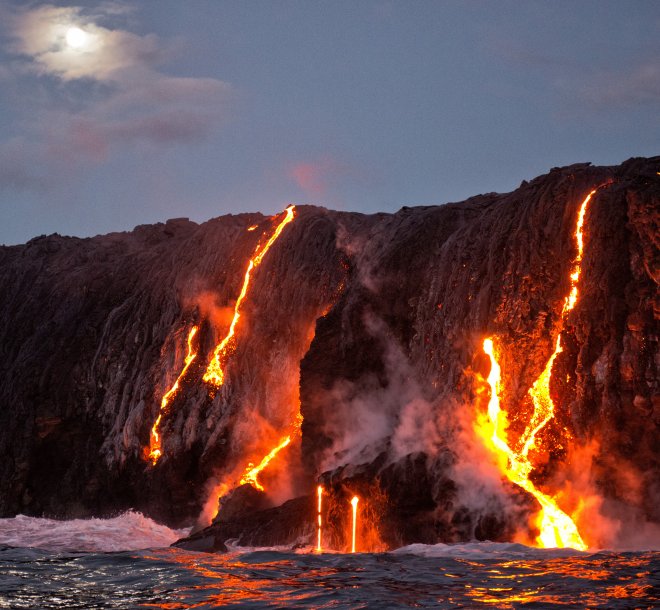
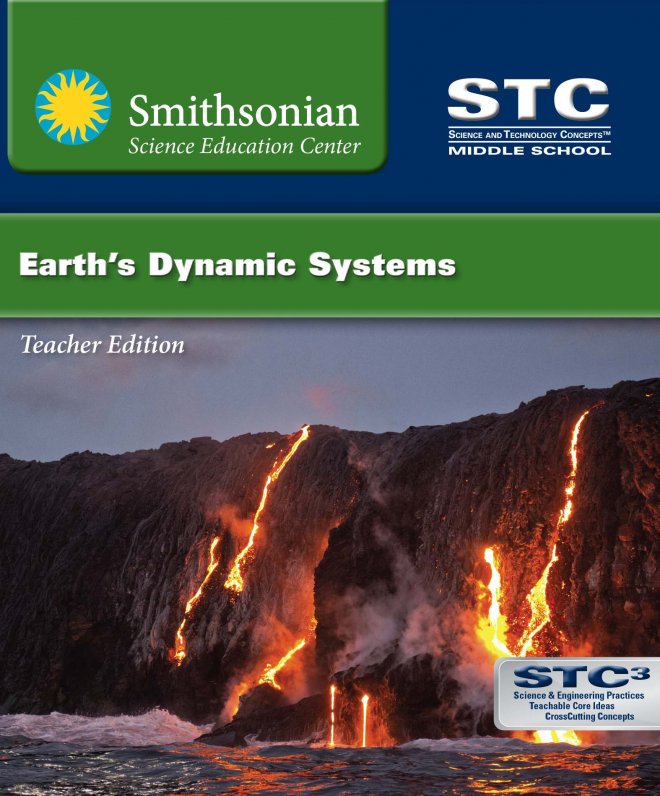
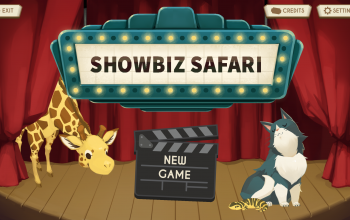
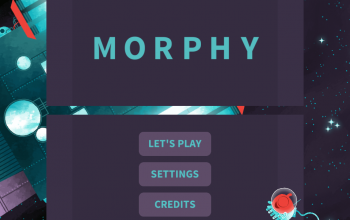
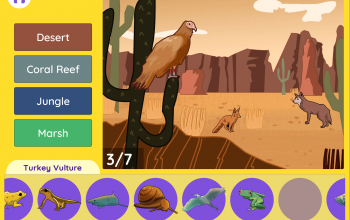
Kit Tips & Tricks